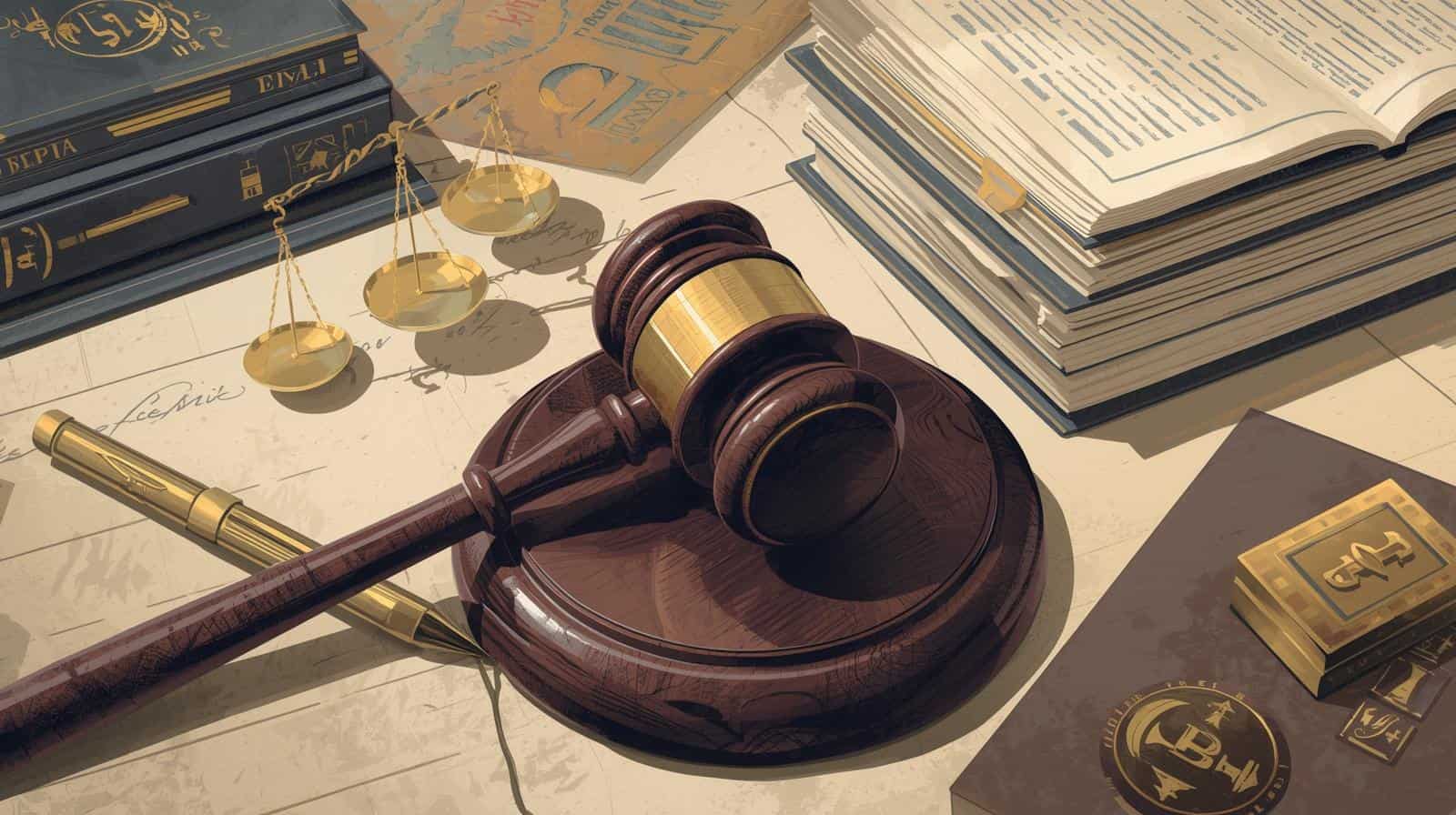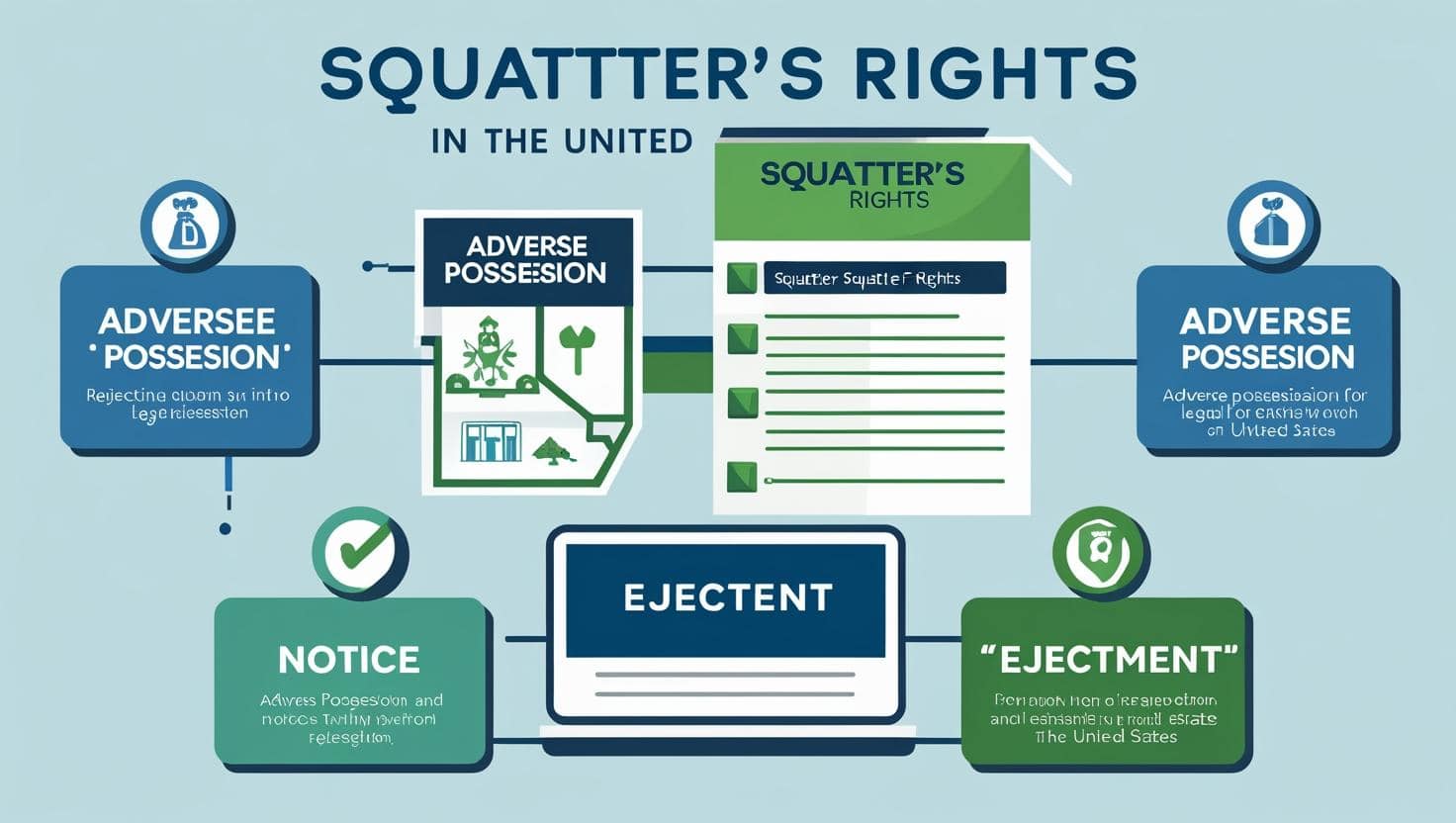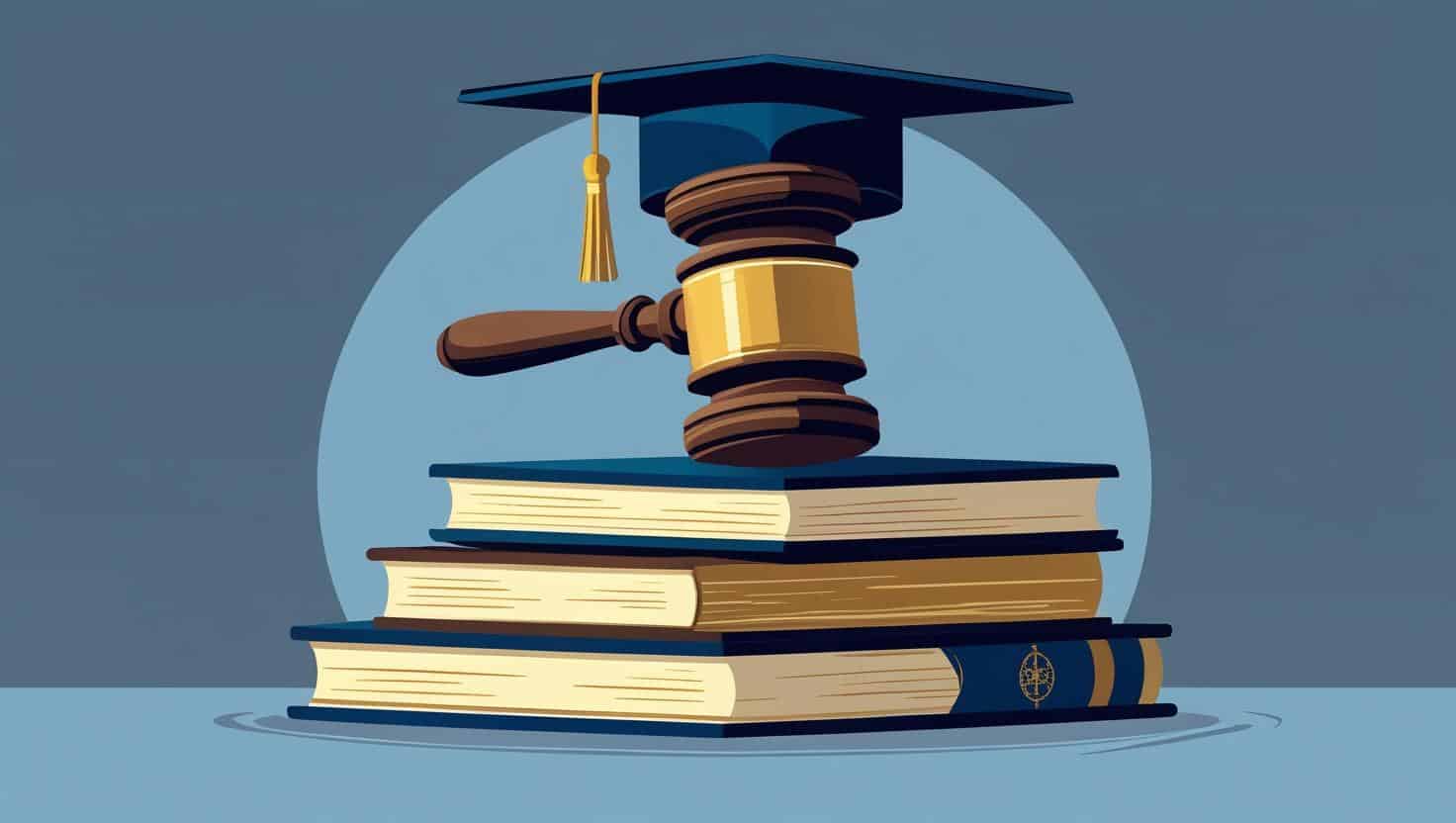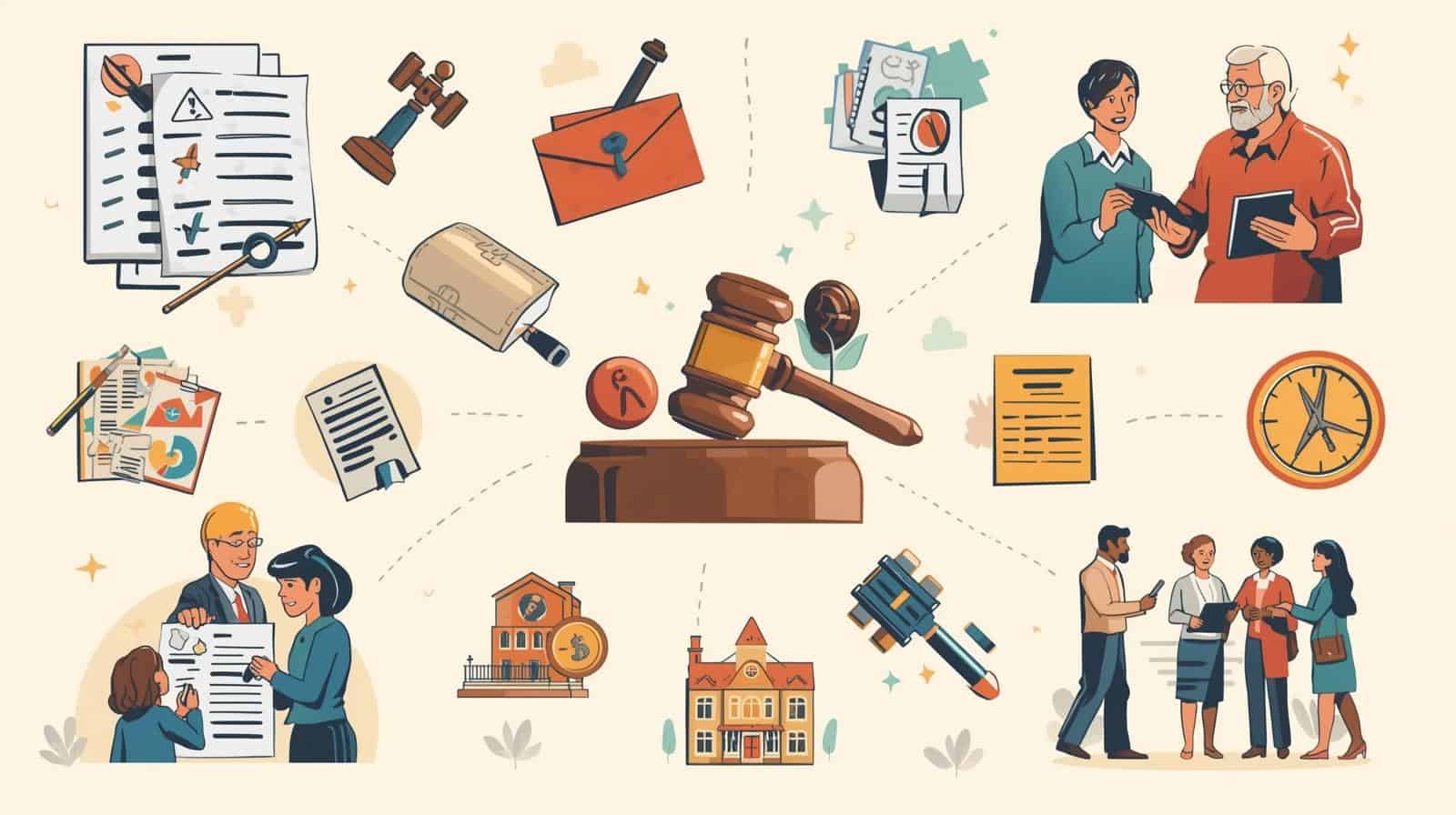Conflicts of interest arise in legal practice whenever loyalty or confidentiality is pulled in competing directions, and they surface in deals, investigations, and litigation with consequences that can include disqualification, fee forfeiture, and discipline. This article focuses on conflicts of interest lawyers encounter in business settings and explains how to spot them early, manage them lawfully, and document decisions to protect clients and the firm. It is framed for U.S. practice under the ABA Model Rules, but state variations and tribunal orders control in any conflict, so always consult the local rule set before relying on general guidance.
Key Takeaways
- Core rules: Model Rules 1.6 (confidentiality), 1.7 (current clients), 1.8 (specific conflicts), 1.9 (former clients), 1.10 (imputation), 1.11 (current and former government officers), 1.12 (former neutrals), 1.13 (organization as client), and 1.18 (prospective clients).
- The tests are loyalty and confidentiality. Ask whether representation is directly adverse, materially limited, or risks misuse of information.
- Some conflicts are consentable with informed consent confirmed in writing; others are not. Screens can cure certain former‑client conflicts for lateral hires.
- Durable systems—intake checks, precise engagement letters, escalation, and documentation—prevent surprises.
- Prospective‑client contacts and lateral moves require disciplined information controls to avoid creating new conflicts while solving old ones.
What Counts as a Conflict for Lawyers
A concurrent conflict exists when representation is directly adverse to another current client or when responsibilities to a client, a former client, a third person, or the lawyer’s own interests will materially limit the work. Direct adversity includes opposing a current client in negotiations or litigation, while material limitation arises when competing duties, relationships, or incentives would reasonably weaken independent judgment. Former‑client conflicts turn on whether the new matter is the same or substantially related and materially adverse, and imputation spreads many conflicts across the firm unless a rule provides otherwise.
Personal‑interest conflicts include investments, board seats, family ties, and compensation arrangements that skew judgment. A third party may pay fees only with the client’s informed consent, no interference, and protected confidentiality, and the lawyer may not let the payor dictate strategy or limit communication. Using or revealing client information to the client’s disadvantage is prohibited, and “playbook” knowledge can matter even when no specific document is used if it would reasonably aid an adverse position (Rules 1.6, 1.9(c), 1.8(b)).
Common Conflicts of Interest Lawyers Encounter
Joint representations seem efficient when stakeholders align, but interests can diverge quickly. Representing a company and a founder, a parent and a subsidiary, or a buyer and a lender often creates material limitations that are hard to unwind once confidential information is shared. Proceed only with a clear scope, shared expectations about information flow and privilege, and a written plan for withdrawal if interests split.
Corporate‑family questions often turn on who the client is. Unless the engagement or reasonable expectations say otherwise, the client is the entity that retained the firm, not every affiliate or portfolio company, and silence breeds risk. Spell this out in writing, track affiliates in your database, and revisit the definition when deals bring new parties into the orbit.
Former‑client side switches trigger substantial‑relationship analysis. If the matters are substantially related and the new client is materially adverse, you cannot proceed without consent, and “taint” can spread by imputation. For lateral hires, prompt screening, no‑access walls, hire and departure affidavits, and notice protect confidences and preserve eligibility for the new matter.
Government service adds special limits. Lawyers may not work on matters they personally and substantially handled in government without proper screening and compliance with post‑employment rules, and procurement regimes may impose separate restrictions. Affidavits and timely notices preserve credibility and help agencies police participation rules.
Positional or issue conflicts occur when a firm argues opposite positions in unrelated matters. This is tolerable unless it materially limits either client or presents to the same tribunal in a way that undermines advocacy or confuses the court. Monitor for practical constraints that look fine on paper but fail when a single office must brief both sides of an issue before the same decision‑maker.
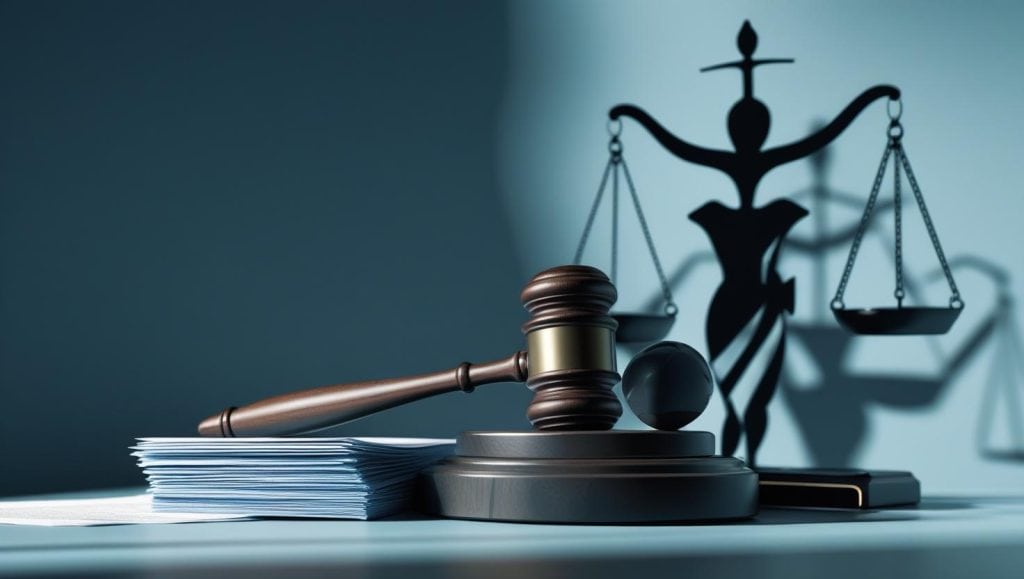
Identifying and Managing Conflicts
Intake and Matter Opening
Run a centralized conflicts check that captures parties, affiliates, expected counterparties, experts, funders, and insurers. Use reliable entity‑resolution tools and record beneficial ownership where it affects control, and refresh checks when deals or investigations change the cast. Decline or condition the matter if conflicts cannot be resolved with consent, and document the decision path in plain language.
Engagement Letters and Definitions of the Client
Define the client precisely and address affiliates, joint representations, and third‑party payors. State how information will be shared among joint clients, who holds privilege, and what happens if interests diverge, and avoid implying a broader constituency than you intend to serve. Consider narrow advance waivers that describe the kinds of matters, counterparties, and adversity you may later accept, and name a conflicts contact for escalation.
Consent, Nonconsentable Conflicts, and Documentation
A lawyer may proceed despite a concurrent conflict only if the lawyer reasonably believes they can competently and diligently represent each affected client, the law does not prohibit the representation, the matter does not involve one current client directly asserting a claim against another in the same proceeding, and each affected client gives informed consent confirmed in writing. Explain risks, alternatives, and reasonable options in plain English so consent is truly informed, and avoid boilerplate that over‑promises neutrality. Keep contemporaneous notes of the analysis and the consent discussion, and send a confirming letter that matches what was discussed.
Screens and Lateral Mobility
For former‑client conflicts, effective screens include no‑access walls, declarations, firm‑wide notices, time‑stamped acknowledgments, and discipline for breaches. Set them promptly, restrict file and calendar access, and audit compliance at intervals that match the risk. Corporate law departments should adopt similar controls when lawyers rotate among business units or interact with subsidiaries.
In‑House Investigations and Upjohn Warnings
When interviewing employees, remember the client is the organization. Give an Upjohn warning that explains who controls privilege and how the company may disclose information, and clarify whether the company will advance fees or provide separate counsel where appropriate. Dual representation requires careful consent and ongoing monitoring, and separate counsel is prudent when misconduct or personal exposure is plausible.
Legal and Ethical Implications
Courts disqualify counsel to protect loyalty and confidentiality, not to reward tactics. Former‑client conflicts often turn on a substantial‑relationship test and whether confidences could be used against the former client, and some jurisdictions also consider appearance and public confidence in the bar. Malpractice exposure grows when conflicts compromise judgment or lead to missed defenses, and fee forfeiture and reputational harm follow quickly when loyalty is questioned; regulators may scrutinize patterns that suggest inadequate systems.
Corporate, Public Company, and Government Contexts
Securities lawyers representing public companies must consider reporting‑up duties under Sarbanes‑Oxley § 307 and SEC Part 205. Conflicts can arise when officers ask for personal advice during an internal investigation or when the board’s special committee needs separate counsel. Clarify the client, decline personal representation if independence is at risk, and advise separate counsel as needed so privilege and loyalty remain clear.
Former government lawyers face post‑employment restrictions that vary by agency and statute. Procurement rules add separate conflict limits for contractors and their counsel, and agency‑specific bars may be stricter than state ethics rules. Maintain a simple register of former matters and contacts to avoid accidental participation, and obtain written guidance from ethics officials when boundaries are unclear.
Remediation and Curative Steps
If a nonconsentable conflict emerges, withdraw promptly, protect confidences, and avoid using the client’s information in any way that could cause harm. When consentable, seek informed consent confirmed in writing, reorganize teams, and strengthen screens so the remedy fits the risk. Consider limited‑scope engagements only when they improve clarity without impairing competence, and revise budgets and timelines so the client can make informed decisions.
Courts and regulators will look for contemporaneous documentation of the analysis and communications. Clear files make later challenges easier to resist and help explain choices to clients and insurers.
Case Notes
- Fiandaca v. Cunningham: Class counsel’s conflict between different groups of inmates required disqualification and new counsel.
- Holloway v. Arkansas; Cuyler v. Sullivan; Wheat v. United States: Multiple‑representation conflicts in criminal cases, waiver limits, and trial courts’ discretion.
- Paradigm Ins. Co. v. Langerman Law Offices: Duties where an insurer pays but the insured is the client.
Before You Implement: A Final Note
Conflicts work is about judgment and systems. Define the client, check carefully, document decisions, and recalibrate when facts change. Done well, conflicts of interest become a manageable risk rather than a surprise.
FAQs
What is a conflicts of interest check in a law firm?
It is a systematic review before opening or changing a matter to identify parties, affiliates, and issues that may create adversity or material limitations. A good check combines database searches with lawyer knowledge about likely counterparties and experts.
Can a client consent to any conflict of interest?
No. Consent works only if the lawyer reasonably believes they can competently and diligently represent each client, the conflict is not prohibited by law, and clients give informed consent in writing. Some conflicts—like direct opposition of two current clients in the same case—are nonconsentable.
Do ethical screens really prevent disqualification?
Often, yes, when used for former‑client conflicts and implemented promptly with no‑access walls, notices, and declarations. Screens cannot fix every conflict, and rules vary by jurisdiction.
Are board seats or equity stakes by the lawyer always prohibited?
Not always, but they can create material limitations and disclosure obligations. Follow Rule 1.8(a) (the business‑transaction rule), advise independent counsel, and reassess if the role expands or disputes arise.
How do conflicts of interest differ for in‑house counsel?
The organization is the client, but in‑house lawyers face frequent multiple‑client pressures with officers and employees. Upjohn warnings, clear reporting lines, and separate engagement for individuals help avoid confusion and protect privilege.


